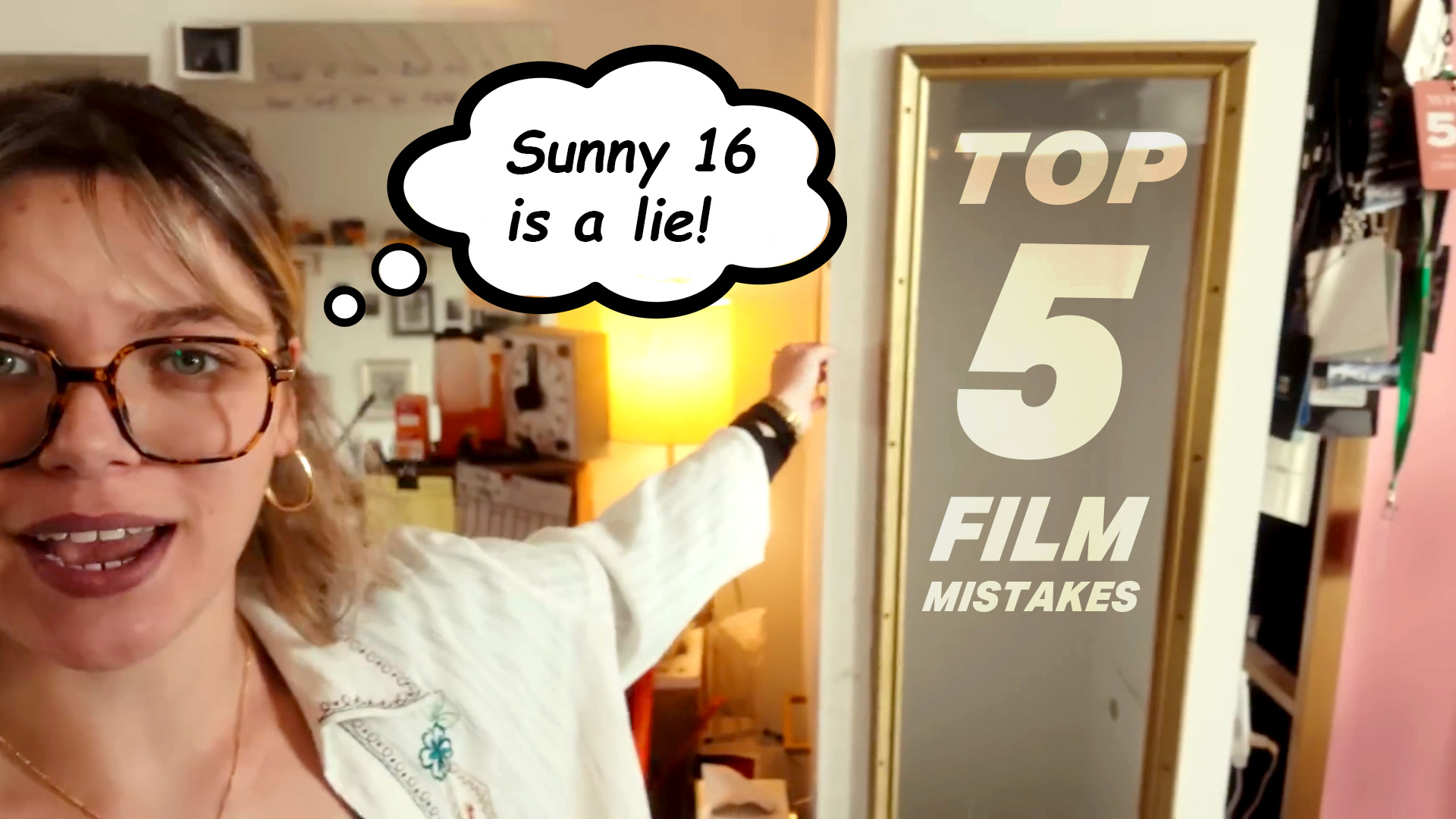New film photographers are going to make a few mistakes along the way. Dark Slide Film Lab owner Emily Smith talks about the top film mistakes she sees running the lab and gives some solid advice on how to avoid them. Hit the jump for more!
Top 5 Film Mistakes Seen By A Film Lab
Gary Buzel stopped by Bridgeport Conneticut to chat with Dark Slide Film Lab owner Emily Smith about some of the top film mistakes made by new film photographers. Dark Slide Film Lab is a woman owned an operated film lab that was born from Emily’s passion as a photographer as well as her desire to support for the film photography community in Connecticut.
Their conversation is dynamic and entertaining but I’m really struck by how passionate Emily is about the Lab and film photography in general. Of course she sees a lot of rolls of film coming through her lab and sees one main problem. And that’s a misunderstanding of what film actually is and what the camera is actually doing when you shoot a roll of film
But it comes to new film photographers she sees a few film misatkes that keep coming up.
Film Mistake #1 – Incorrect Film Loading And Unloading
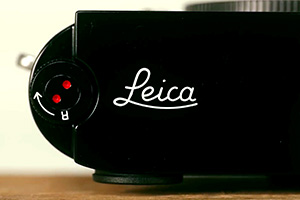
According to Emily, too many people send in rolls of film that are completely blank except the one frame that got exposed multiple times. They loaded the film incorrectly and it isn’t catching on the take up reel inside the camera properly.
She warns new film photographers to learn how to check that is properly engaged with their camera. You can normally double check the rewind knob as you advance each frame of the film. If the film is loaded properly you’ll see the rewind knob spinning between every shot.
Sometimes new photographers will ignore the extra tension you feel at the film and keep using the advance lever until they literally rip the film out of the cassette.
#2 – Underexposure Is The Worst
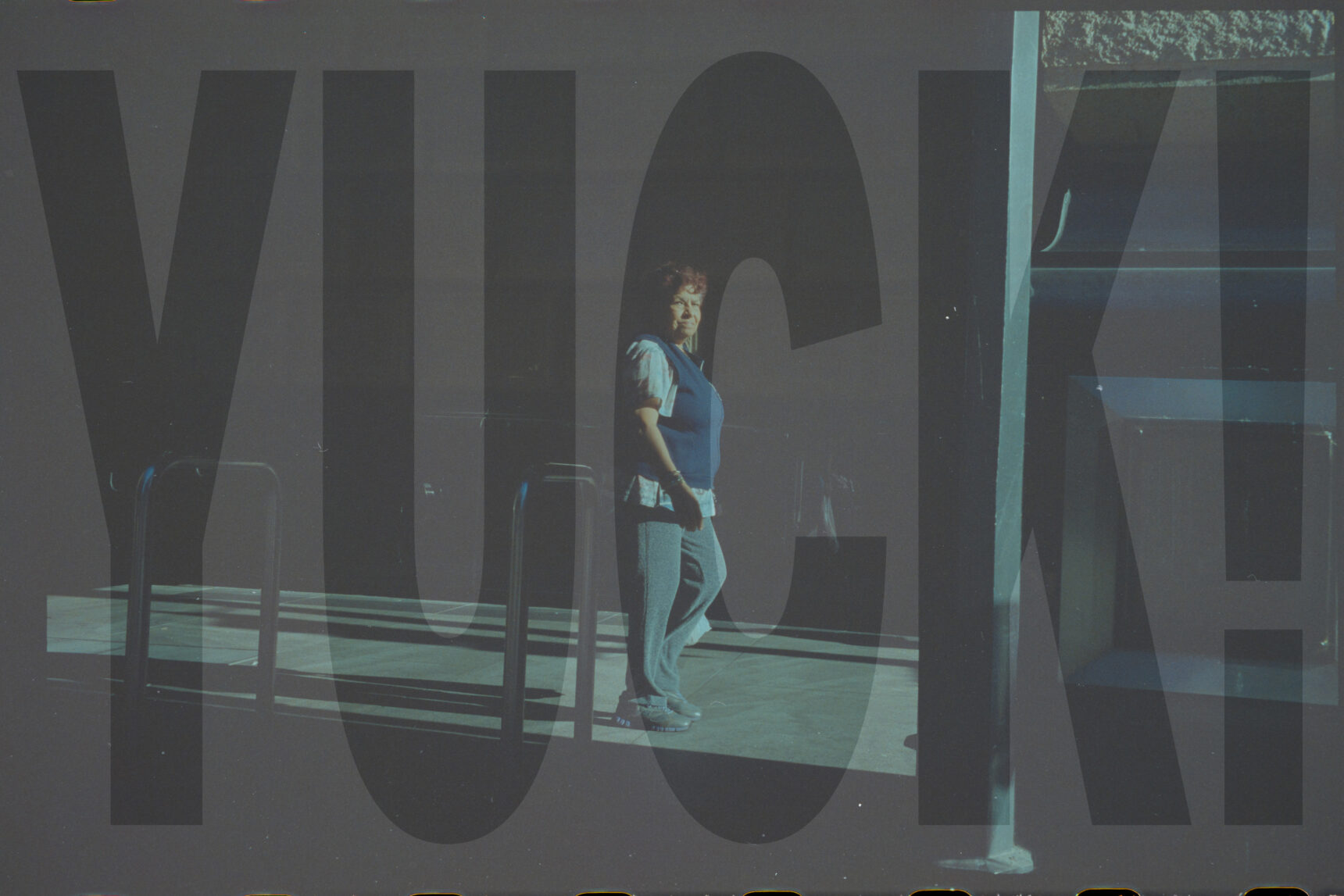
Unlike digital, there’s almost no way to recover an underexposed black and white or color negative. In fact, if you should always err on the side of overexposure if you’re unsure what the correct exposure is.
Digital sensors retain quite a bit of information in the shadows even if a shot is underexposed. Just bump everything up in post and you’ll get “something”. But underexposed negatives literally have no film grain there to create an image.
When it comes Emily offers up this bit of advice:
My hot film photography take is that the Sunny 16 rule is Bullshit. It’s Sunny 11! Don’t listen to Sunny 16. You will underexpose your film.
True that! Unless you’re shooting slide film. But really? Who does that?!
#3 – Use The Flash!
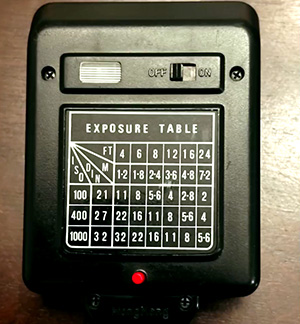
Digital lets you bump ISO willy-nilly and most modern digital cameras can almost see in the dark with their high ISO abilities. Not so with film.
Emily cautions new film photographers to pay attention to the light. Honestly, you can set correct exposure under most circumstances but a lot of new photographers are using disposable cameras that have limited manual exposure capabilities. But just about all disposable cameras have built in flashes.
So if the light is a little on the darker side or if you’re shooting indoors then don’t be afraid to use that flash!
#4 – Know Your Light Meter
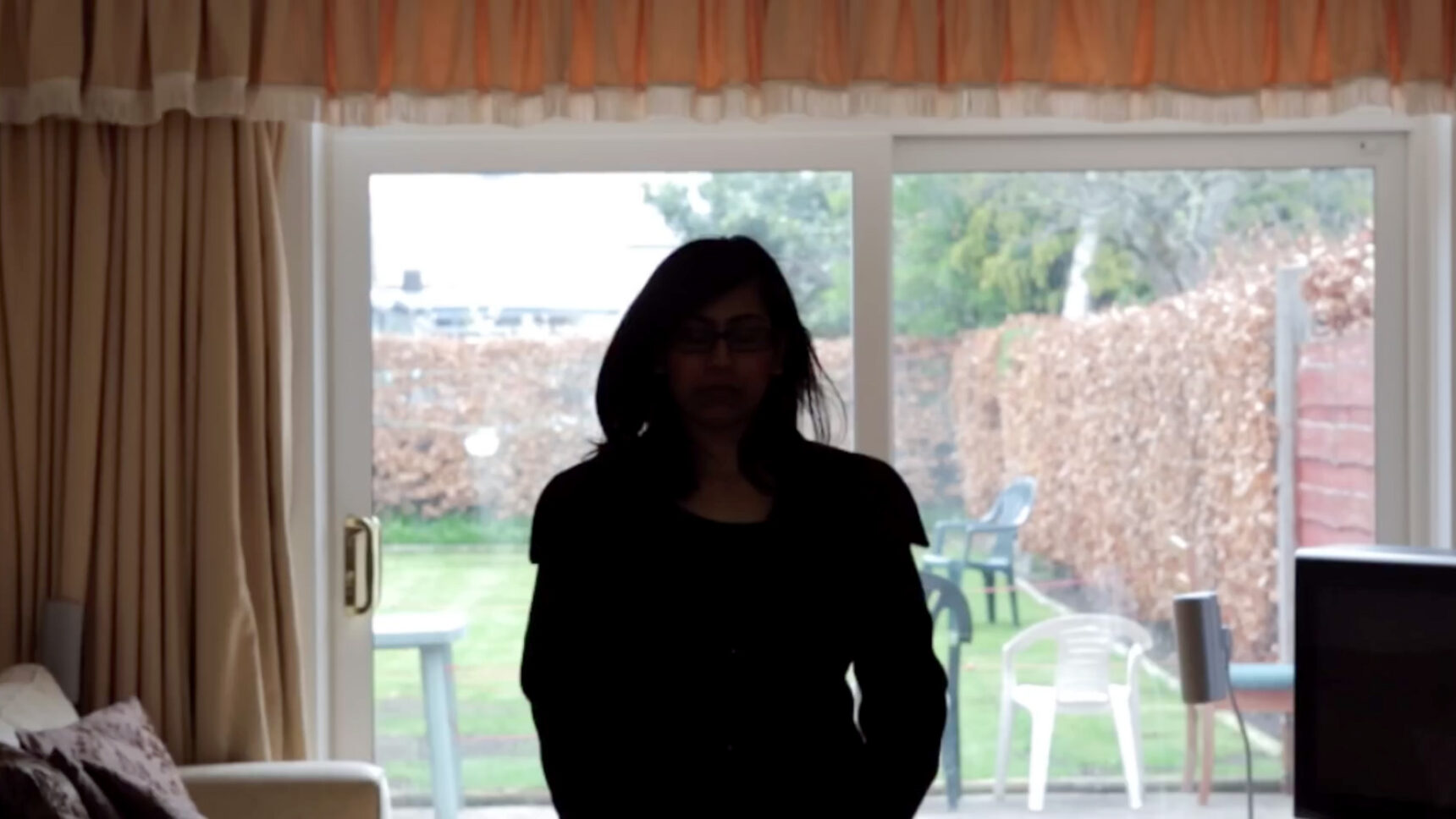
This one isn’t limited to film photogaphers really. But a lot of new photographers need to understand what the meter is doing and how it can be fooled.
Emily gives a few examples like shooting a backlit subject when they camera typically meters for the background and underexposes your subject. But this idea extends to a lot of different photographic situations so it’s a good idea to understand the meter before you shoot.
Most meters try to render the scene as “middle grey”. The idea is that a typical scene contains lights and darks so the correct exposure will be somewhere in the middle of that range. But if you’re shooting a predominantly black subject then the meter will try to over expose the black to make it look like middle grey. Or if there’s mostly white the meter will underexpose that to make it look middle grey.
But when you understand how the meter is working then you can make informed decisions on how to correctly expose your film.
Film Mistake #5 – Don’t Open The Camera With The Film Loaded
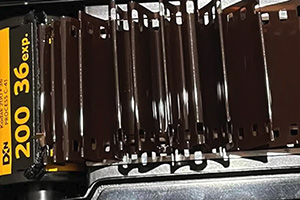
This one sounds obvious to anyone who’s been shooting film for a while. But anyone coming from digital might not realize that opening the camera exposes all the film to all the light in the universe at once. It completely ruins the everything and is the worst possible film mistake.
According to Emily this happens a lot more than you might think. She sees a ton of film rolled around the outside of the cassette instead of being retracted back inside. I guess the thinking is that you can inspect a digital sensor in broad daylight so why wouldn’t you be able to do the same thing with film?!
Shocking! But whatever you do, don’t open the back of your camera until you’ve fully rewound the film!
The Last Word
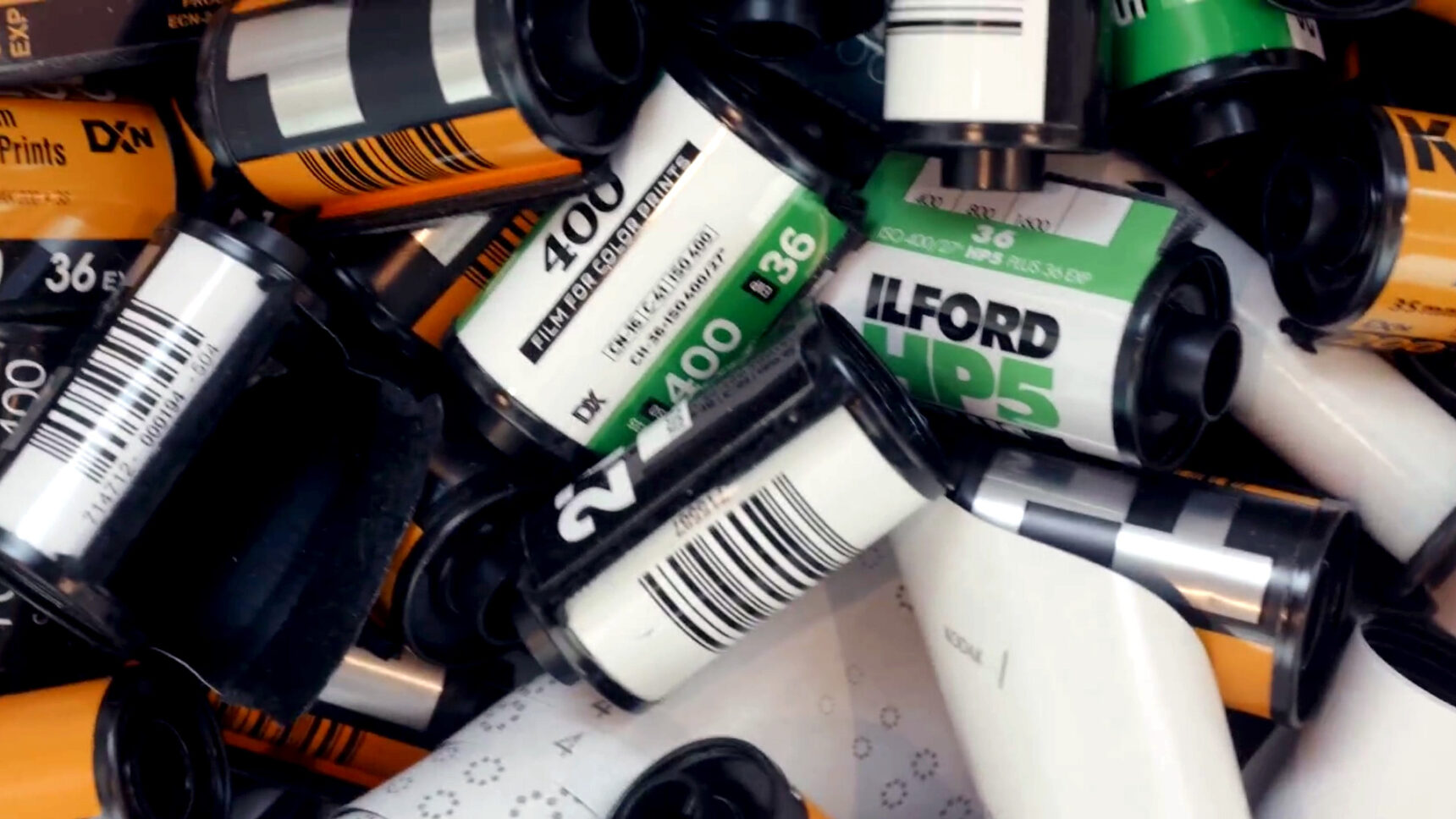
I really like videos like this. There’s something so honest about the conversation and nobody is putting on any airs to try and sound fancy… Plus it’s always fun to hear about the crazy film mistakes that new film photographers make.
But there’s some good advice sprinkled in there. Especially the bit about underexposure that any film photographer could use. And Emily’s hot take on the Sunny 16 rule is worth the price of admission alone!
It’s really great to run into someone so passionate about photography and it’s clear that Emily loves what she does. If you’re in the Bridgeport, Conneticut area then drop a couple rolls off and say hello!
You can check out Dark Slide Film Lab online at:
What’s your take on Dark Slide Film Lab’s top 5 film mistakes? Great advice for new film photographers or a little too basic? Post your ideas in the comments below and keep the conversation going!

